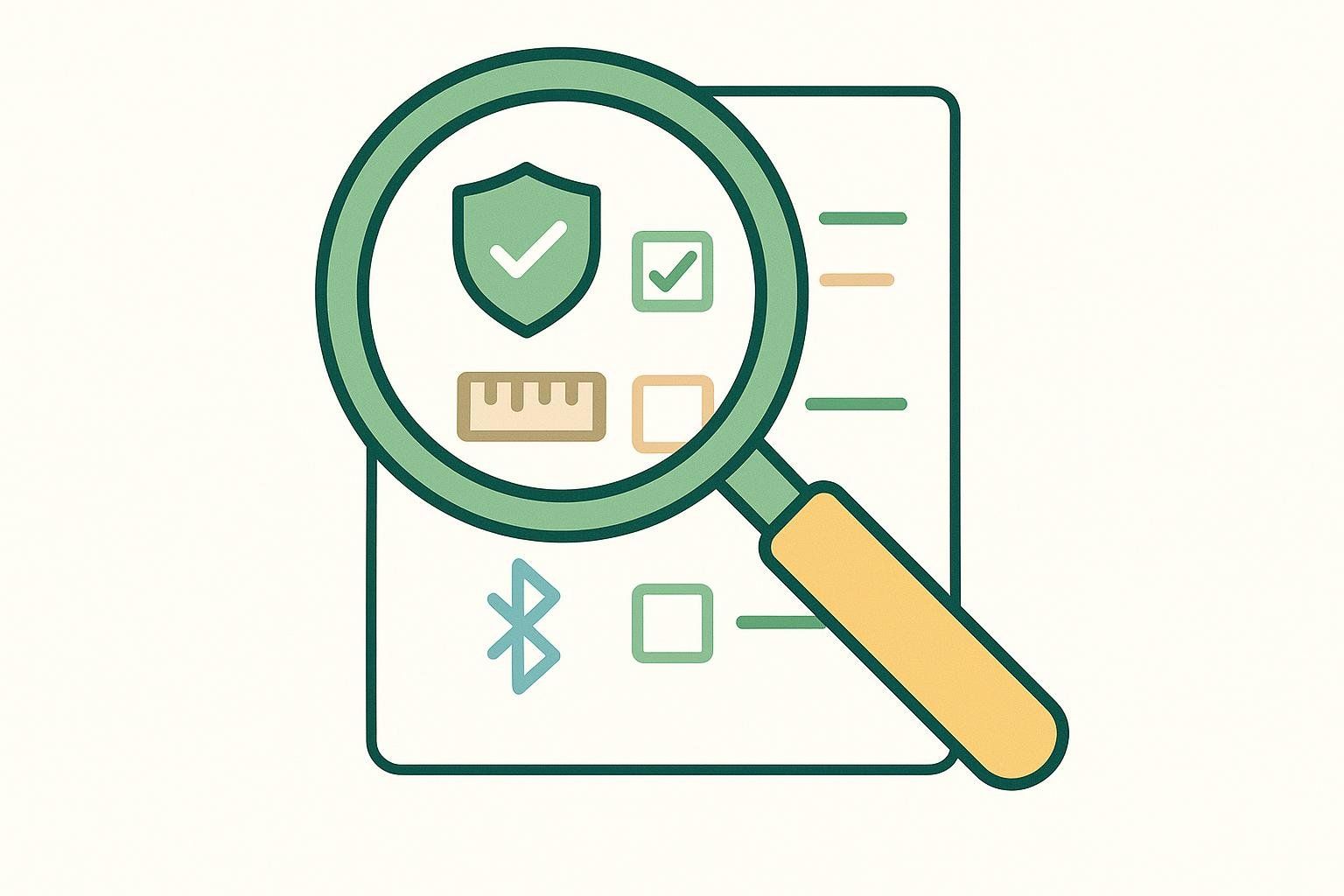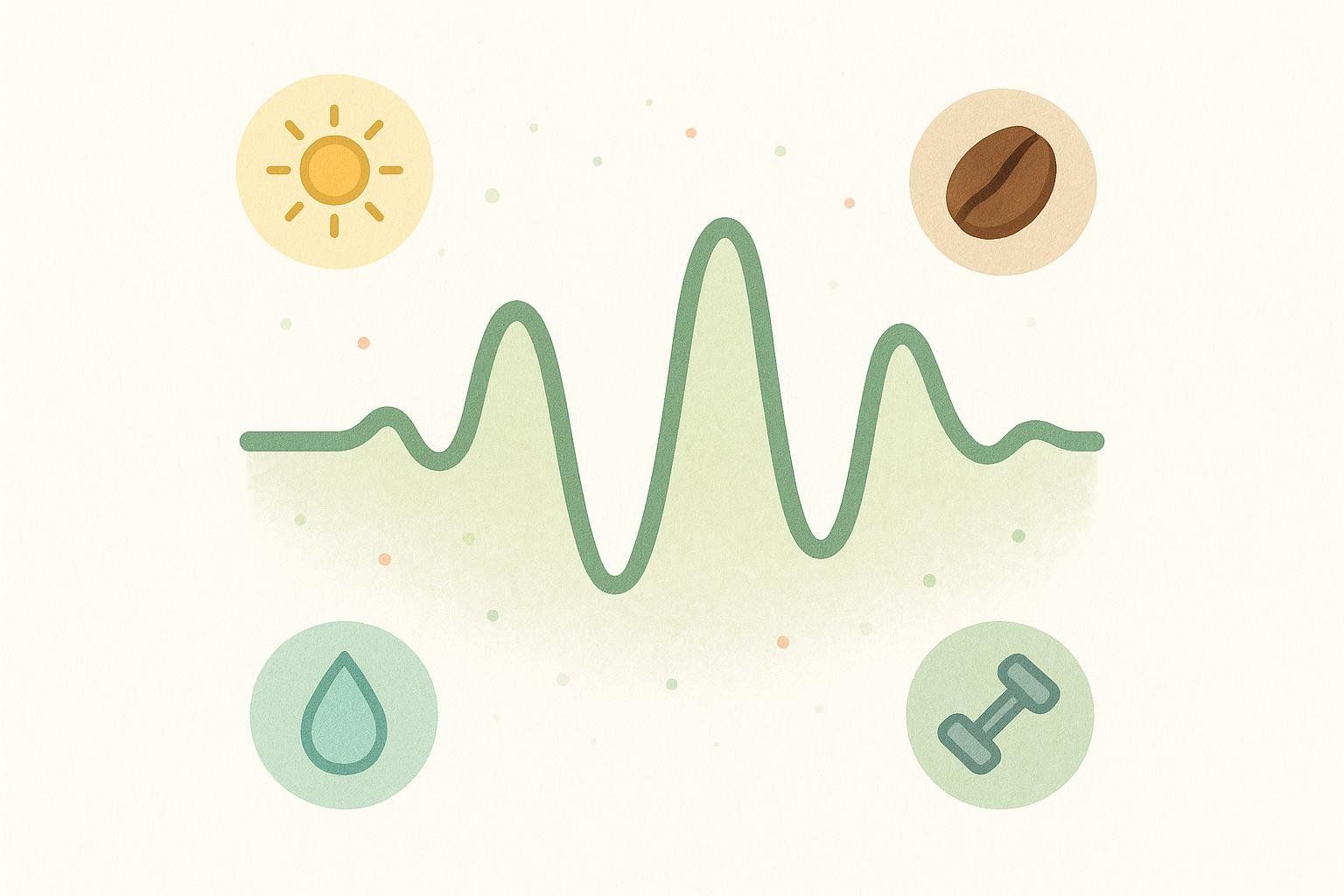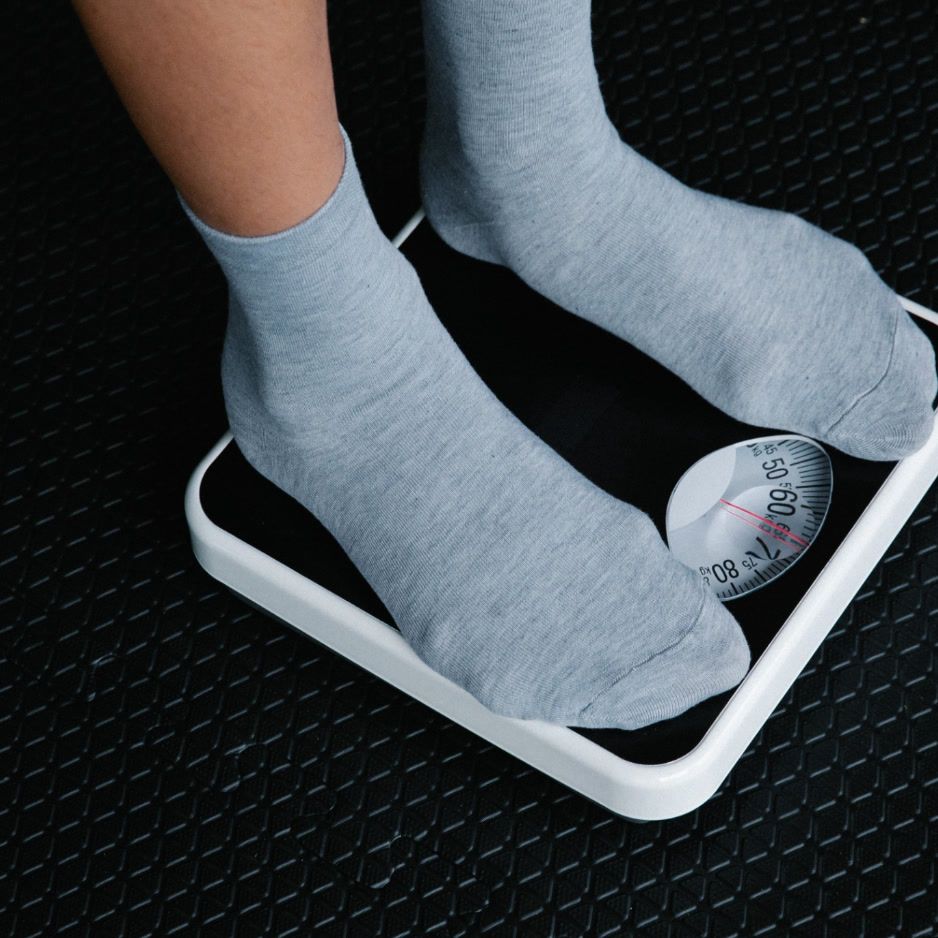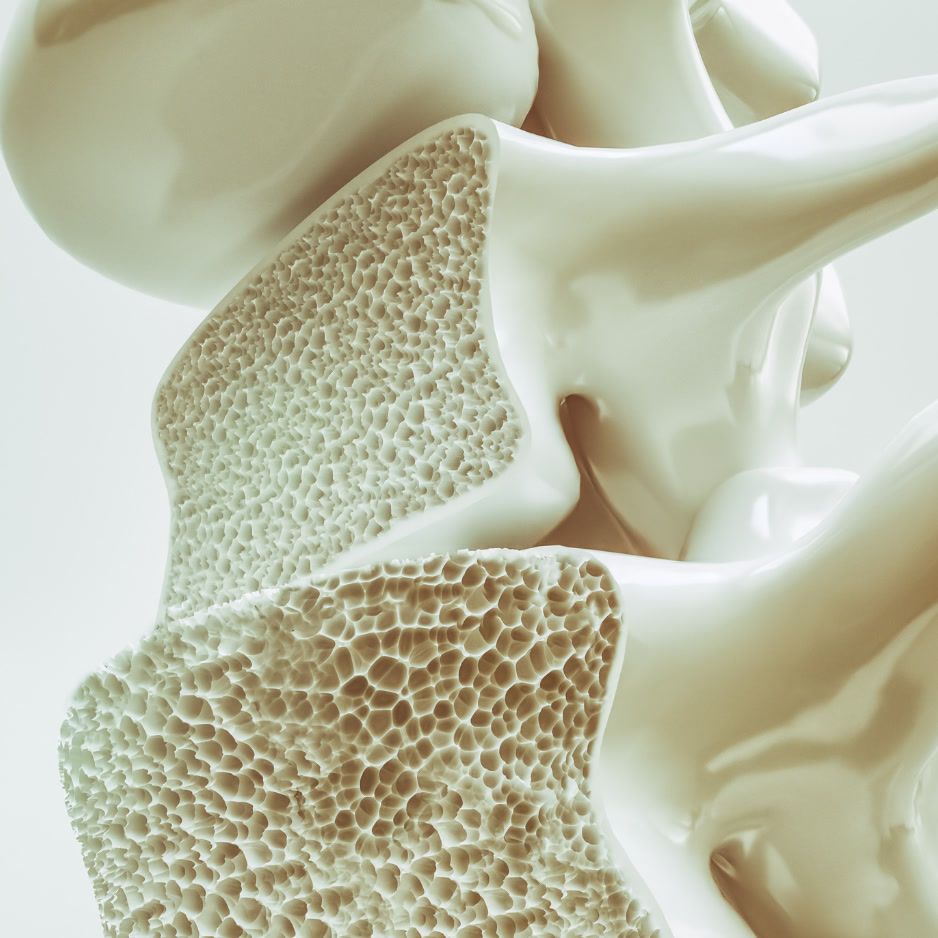Best Grip Strength Tester for Clinic & Home Use (2025)

Best Grip Strength Tester: Clinic & Home Use (2025)
If you’re shopping for the best grip strength tester, this guide makes it easy. We’ll translate specs into plain English, highlight trusted devices for clinics and home use, and share quick testing tips so your numbers are accurate and comparable. And if you want to improve your score, we’ll link to our recommended grip routine at the end.

Quick Picks: What to Buy by Need
-
Clinics (the classic benchmark): Jamar Hydraulic Hand Dynamometer
Why it’s trusted: It’s the workhorse you’ll see in many clinical protocols and research methods. When you follow standardized positioning and procedure, it delivers reliable, repeatable results. See the ASHT clinical recommendations and the Shirley Ryan AbilityLab protocol for setup details.- Range: 0–200 lb (0–90 kg)
- App/Connectivity: None (analog dial)
-
Best Bluetooth workflow for clinics: Jamar Smart Digital Hand Dynamometer
Adds Bluetooth to the trusted Jamar design, sending results to a tablet app for easy digital record-keeping and analysis. Check the Jamar Smart product page for testing modes and pricing.- Range: 0–200 lb (0–90 kg)
- App/Connectivity: Bluetooth (tablet only)
-
Best clinical value (validated on a budget): Camry Electronic Hand Grip Dynamometer (EH101)
Studies show the Camry tracks closely with Jamar, with a small, consistent under-read. This makes it a strong value for budget-conscious settings where a consistent testing protocol is followed. See the hospitalized adults validation and the community adults 50+ validation; device specs are on the Camry EH101 page.- Range: 0–198 lb (0–90 kg); Resolution: 0.1 kg
- App/Connectivity: None
-
Research and sports science (wide range, precise display): Takei TKK 5401 (Grip-D)
A widely used professional unit with fine display resolution and stated accuracy tolerance—ideal for research data collection in kgf. See the Takei TKK 5401 specs.- Range: 5–100 kg; Resolution: 0.1 kg; Accuracy tolerance: ±2 kgf
- App/Connectivity: None
-
Education/teaching labs (easy data & graphs): Vernier Go Direct Hand Dynamometer
Bluetooth/USB with plug-and-play software—great for seeing force curves, fatigue, and more in class. See the Vernier product page and user manual.- Range: 0–600 N (approx. 135 lb); Resolution: 0.1 N
- App/Connectivity: Vernier Graphical Analysis (Bluetooth/USB)
-
Gamified home training with tracking: Squegg Smart Grip Trainer
App-connected, fun games, and progress tracking make it a motivating at-home tool. Treat it as a trainer/coach, not a clinical-grade tester. See the Squegg product page.- App/Connectivity: Bluetooth to Squegg app (iOS/Android)
What Specs Actually Matter (and Why)

- Accuracy/validation: If you’re in a clinic or publishing data, stick to standardized protocols and a validated device. The Jamar hydraulic is the traditional benchmark in many settings (see ASHT and SRALab), and the Camry EH101 shows excellent agreement with a small, consistent bias versus Jamar across studies (hospitalized adults; community adults 50+).
- Range & resolution: Testing strong athletes? Avoid “maxing out” the dial. Look for upper limits around 200 lb/90 kg (Jamar, Camry) or 100 kg (Takei) and fine display resolution (e.g., 0.1 kg/N).
- Connectivity/workflow: Need graphs, exports, and paperless records? Jamar Smart and Vernier sync to apps/software. Camry EH101 saves multiple profiles onboard but has no app. Squegg requires its app and is best for training/tracking.
- Ergonomics/handle settings: Consistency is king. Many protocols use the second handle position on hydraulic units to standardize tests (SRALab protocol).
- Calibration & care: Plan on regular calibration in clinics and log handle position, hand dominance, and testing position each visit. Annual calibration and consistent positioning improve reliability (SRALab).
How to Test Grip Strength (Easy Step-by-Step)
Follow this for consistent numbers and better comparisons over time:
-
Set the position
Sit tall with back, hips, and knees near 90°. Shoulder adducted/neutral, elbow at 90°, forearm neutral, wrist neutral to slight extension/ulnar deviation.
Source: SRALab protocol -
Choose the handle setting
Standardize it. Many clinics default to the second handle on hydraulic devices when appropriate (SRALab). -
Take the trials
Do 3 strong squeezes per hand, up to ~3 seconds each. Rest briefly between attempts. Record the mean or the best—just be consistent each visit (SRALab). -
Document the details
Log hand dominance, handle setting, seated position, and any pain or notes. Use the same device when you can; switching devices can introduce small, predictable differences.
Top Picks: Specs at a Glance
| Device | Type | Range / Resolution | Accuracy & Validation Notes | Units | Connectivity/App |
|---|---|---|---|---|---|
| Jamar Hydraulic Hand Dynamometer | Analog hydraulic | 0–200 lb (0–90 kg) | Longtime clinical benchmark; manufacturer accuracy ±5 lb | lb/kg (dial) | None |
| Jamar Smart Digital Hand Dynamometer | Digital | 0–200 lb (0–90 kg) | Digital load cell; app reports averages and trends | lb/kg (switchable) | Bluetooth tablet app |
| Camry Electronic Hand Grip EH101 | Digital (consumer) | 0–198 lb (0–90 kg); 0.1 kg | Close agreement vs Jamar — validation studies (PMC; BMC Geriatrics) | lb/kg (switchable) | None |
| Takei TKK 5401 (Grip-D) | Professional digital | 5–100 kg; 0.1 kg | Accuracy tolerance ±2 kgf; retailer specs | kg | None |
| Vernier Go Direct | Bluetooth/USB sensor | 0–600 N (approx. 135 lb); 0.1 N | Educational sensor; specs and manual | N (software can show lb/kg) | Bluetooth/USB |
| Squegg Smart Grip Trainer | Smart trainer | App-read values | App-based trainer | In-app | Bluetooth app |
How to Interpret Your Results

- Use age- and sex-based charts. SRALab compiles norms and best practices. Match your testing setup to the chart’s protocol so comparisons are fair (SRALab norms and overview).
- Be consistent with your device. If you switch devices (e.g., Jamar ↔ Camry), expect a small, predictable bias. Track trends over time instead of obsessing over single-test differences (BMC Geriatrics; PMC validation).
- Know what counts as real change. For healthy adults, a change of more than 6 kg (~13 lb) is typically needed to be confident it’s beyond normal test-retest noise (SRALab).
FAQs
- Why do my scores fluctuate day to day?

Hydration, recent training, time of day, caffeine, and small setup differences can shift numbers. Test at the same time of day, use the same device, and follow the same setup to keep readings comparable.
-
Do I squeeze as hard as possible or hold for time?
For standard grip strength tests, use short, maximal efforts (about 3 seconds) and repeat 3 trials per hand. Holds for time (e.g., dead hangs) are training tools, not test protocols. -
Is Bluetooth worth it?
If you document a lot and need clean exports, yes. Jamar Smart and Vernier Go Direct make it easy to store, graph, and share results.
Grip Strength and Your Overall Health

Grip strength is one window into muscle health. For a fuller picture of muscle and fat distribution, see how a DEXA scan measures body composition accurately. To improve your score, try these beginner to advanced grip strength exercises.
Disclosure: Availability and specifications can change—always confirm with the manufacturer. BodySpec provides wellness education and testing; grip devices are used for clinical, research, or personal tracking and are not medical diagnoses by themselves.


